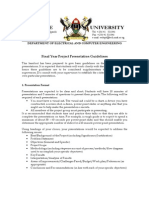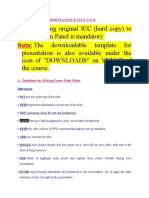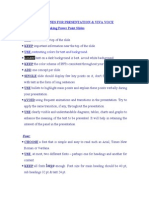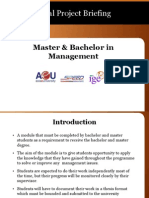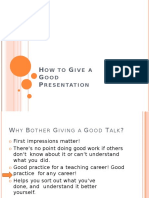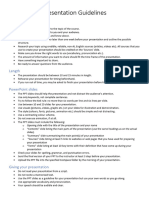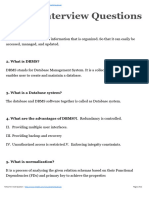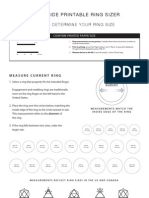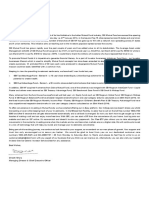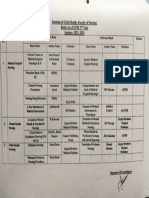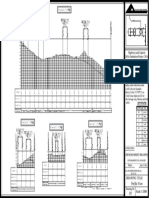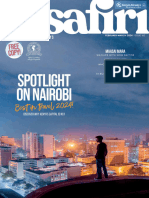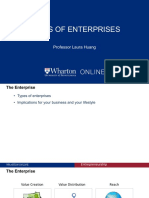0% found this document useful (0 votes)
18 views4 pagesChapter 4
The document provides comprehensive guidelines for writing a research proposal, final project, and presentation, emphasizing clarity, organization, and relevance. It outlines the essential components of a proposal, including objectives, data collection methods, and the importance of the research topic. Additionally, it offers tips for effective presentation delivery and preparation, including slide design and audience engagement strategies.
Uploaded by
misslaghari2Copyright
© © All Rights Reserved
We take content rights seriously. If you suspect this is your content, claim it here.
Available Formats
Download as PDF, TXT or read online on Scribd
0% found this document useful (0 votes)
18 views4 pagesChapter 4
The document provides comprehensive guidelines for writing a research proposal, final project, and presentation, emphasizing clarity, organization, and relevance. It outlines the essential components of a proposal, including objectives, data collection methods, and the importance of the research topic. Additionally, it offers tips for effective presentation delivery and preparation, including slide design and audience engagement strategies.
Uploaded by
misslaghari2Copyright
© © All Rights Reserved
We take content rights seriously. If you suspect this is your content, claim it here.
Available Formats
Download as PDF, TXT or read online on Scribd
/ 4





